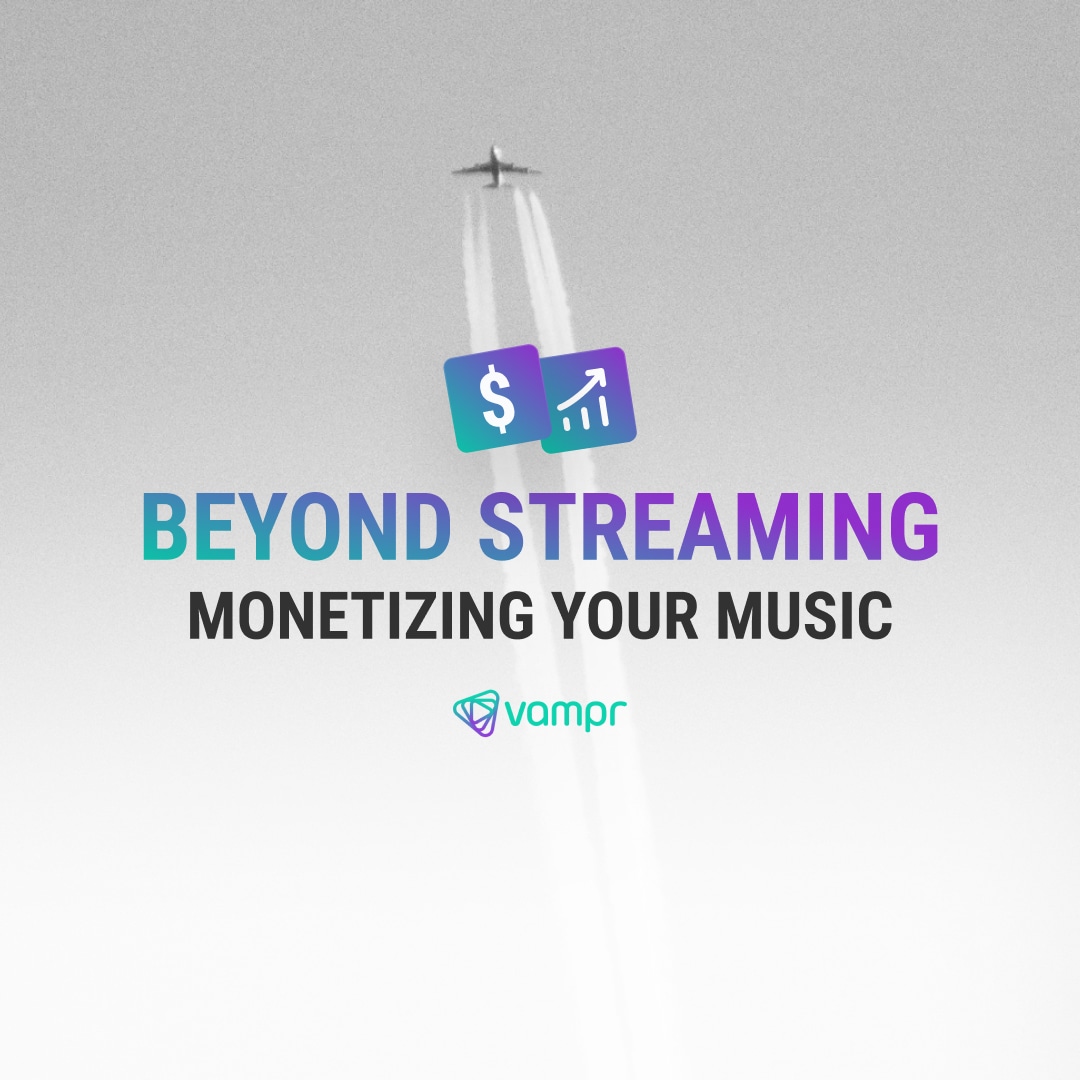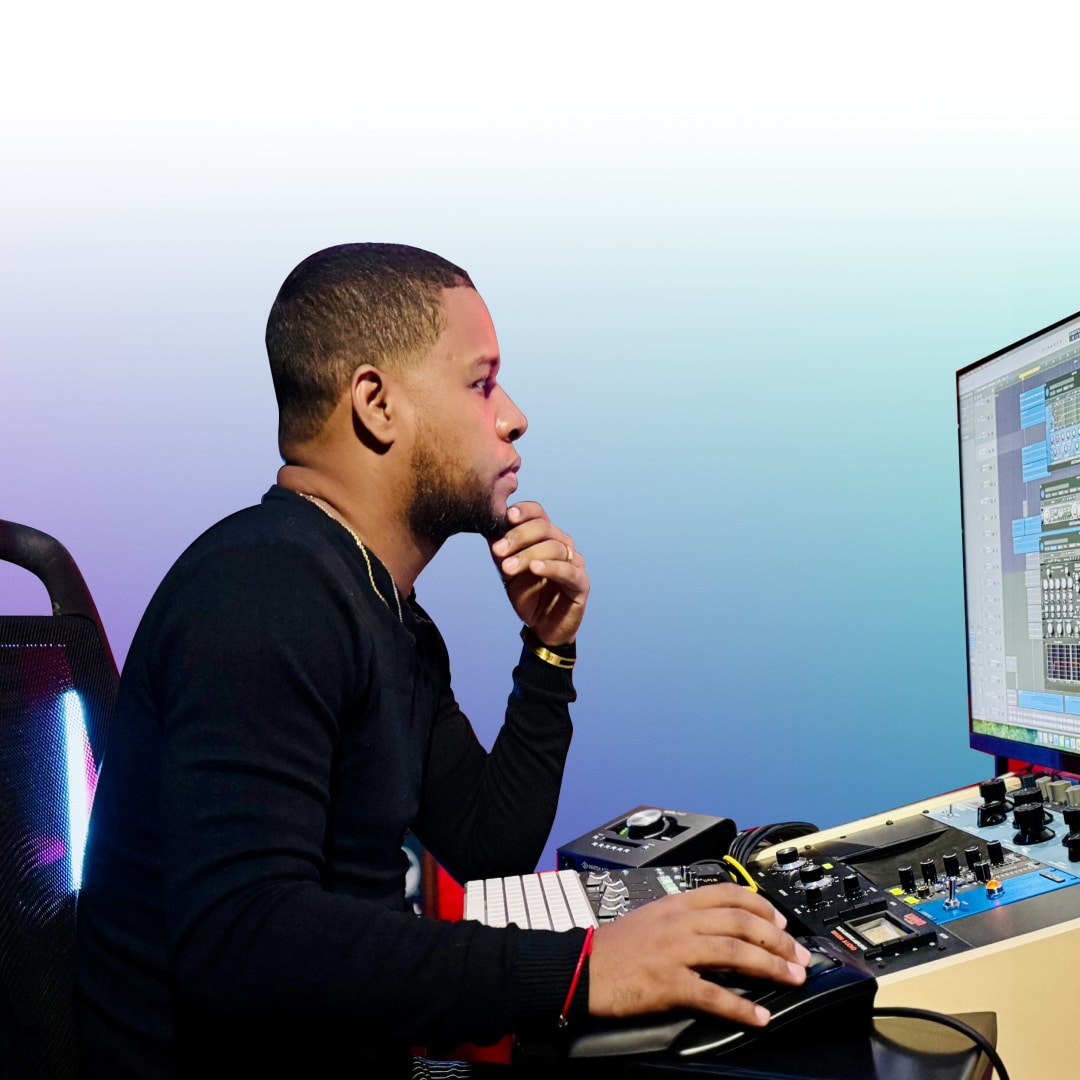For independent artists, streaming platforms like Spotify and Apple Music are crucial for gaining exposure and building a fanbase, but they aren’t always the most reliable sources of income. The good news is that there are many other ways to monetize your music beyond streaming. Whether it’s through sync licensing, merchandise, crowdfunding, or live performances, diversifying your revenue streams can help sustain and grow your music career. Here’s how you can take advantage of these opportunities to maximize your earnings as an independent artist beyond streaming.
1. Sync Licensing
Sync licensing allows you to earn money by having your music used in various forms of media, such as TV shows, movies, commercials, video games, and online content. This can be a significant revenue stream, especially if your music fits well with visual media.
How to Get Started:
- Sign up with a music library: There are several online platforms that connect independent artists with music supervisors. Some well-known ones include Musicbed, Artlist, and Songtradr. These platforms pitch your music to companies looking for tracks to license.
- Pitch directly to music supervisors: Research music supervisors who work on TV shows, films, or ad campaigns in your genre. Reach out to them with a well-curated portfolio of your best work.
- Get your music rights in order: Ensure that your music is properly registered with a performance rights organization (PRO) like ASCAP, BMI, SESAC or APRA AMCOS. This helps you get paid when your music is licensed for sync.
Sync licensing can be especially lucrative, as some placements offer upfront payments, as well as backend royalties whenever the content is broadcasted or streamed.
2. Merchandise
Selling branded merchandise is a great way to supplement your income while building a deeper connection with your fans. Merchandise allows your audience to feel more involved with your journey and gives them tangible items to show their support.
Types of Merchandise to Consider:
- Apparel: T-shirts, hoodies, hats, and other clothing items with your logo, album artwork, or song lyrics.
- Physical Albums: Vinyl, CDs, or even cassette tapes are great ways to give fans something collectible and special.
- Accessories: Items like stickers, posters, tote bags, or even more personalized items like guitar picks or keychains.
- Limited Edition Items: Releasing limited-edition merchandise creates urgency and exclusivity, encouraging fans to buy before the items sell out.
How to Sell Merchandise:
- Online stores: Platforms like Bandcamp, Big Cartel, and Shopify allow you to easily set up an online store to sell your merchandise. Bandcamp is particularly useful for musicians as it integrates both music and merch sales.
- At live shows: If you’re performing live, set up a merch table at every gig. Fans are often more inclined to buy merchandise after seeing you perform.
Merchandise is not only a profitable revenue stream but also a way to create lasting brand recognition among your fans.

3. Crowdfunding
Crowdfunding platforms have become a popular tool for independent artists to raise funds for new projects, tours, or album releases. Through these platforms, fans can contribute to your career in exchange for exclusive perks and rewards.
Popular Crowdfunding Platforms:
- Patreon: A subscription-based platform where fans pay a monthly fee in exchange for exclusive content like early access to music, behind-the-scenes footage, or private live streams.
- Kickstarter: Great for one-time projects like funding an album, tour, or music video. Fans pledge money in exchange for rewards like autographed merchandise, exclusive tracks, or even personalized songs.
- Indiegogo: Similar to Kickstarter but with more flexibility, allowing you to keep the funds even if you don’t reach your target goal.
How to Run a Successful Crowdfunding Campaign:
- Set realistic goals: Be transparent about what you need the money for and how it will be used. Break down your expenses so fans know what they’re contributing to.
- Offer enticing rewards: Whether it’s exclusive music, signed merchandise, or VIP concert experiences, make sure your rewards are something your fans will find valuable.
- Engage your audience: Promote your campaign on social media and via email newsletters. Update your supporters regularly on your progress and thank them for their contributions.
Crowdfunding helps create a closer relationship with your fans while providing the financial backing you need to move your career forward.
4. Live Performances and Touring
Live shows have long been a significant revenue stream for musicians, and while the music industry has seen a shift towards digital, live performances remain one of the most direct ways to earn money from your music.
Types of Live Performances:
- Local Gigs: Performing at small venues, bars, and clubs helps you build a fanbase in your area and often provides a chance to sell merchandise.
- Touring: Touring allows you to reach fans in different cities or even countries. While touring can be expensive, careful planning and partnering with local artists can make it more cost-effective.
- Virtual Concerts: With the rise of streaming platforms, virtual performances have become a viable income stream. Platforms like Twitch, YouTube Live, and Stageit allow you to perform live for fans and even accept donations or ticket sales.
How to Make the Most of Live Shows:
- Sell Merchandise: Set up a merch table at every performance. Fans are more likely to buy when they feel a connection with you after watching your set.
- Offer VIP Experiences: If you’re touring, offer VIP packages that include meet-and-greets, exclusive merchandise, or backstage access for an additional fee.
- Engage your audience: Use social media to promote your shows and encourage fans to attend. Offer early-bird tickets or special deals for loyal followers.
Live performances not only provide income but also create personal connections with your fans that can’t be replicated online.
5. Digital Products and Content
As an independent artist, you can also generate income by offering digital products related to your music or expertise. This could include tutorials, sample packs, or exclusive content.
Digital Product Ideas:
- Music lessons: If you’re skilled in a particular instrument or production technique, offer online lessons via platforms like Zoom or Skillshare.
- Sample packs: If you produce music, consider creating and selling sample packs or loops that other musicians can use in their own compositions.
- Exclusive content: Offer fans access to unreleased tracks, behind-the-scenes videos, or songwriting demos through platforms like Patreon or your own website.
By creating and selling digital products, you can leverage your talents and expertise to generate income beyond your music releases.
6. Music Licensing and PRO Royalties
Beyond sync licensing, your music can generate royalties whenever it’s played publicly, such as on the radio, in a bar, or in a public venue. By registering with a Performance Rights Organization (PRO) like ASCAP, BMI, or SESAC, you can collect royalties for public performances of your music.
Types of Royalties:
- Public performance royalties: Earned when your music is played on the radio, TV, in a public space, or at a live performance.
- Mechanical royalties: Earned when your music is reproduced, such as in physical album sales, streaming, or downloads.
- Synchronization royalties: Earned when your music is licensed for use in film, TV, commercials, or video games.
How to Ensure You’re Collecting All Royalties:
- Register your music with a PRO: Make sure all of your songs are registered with a PRO to collect public performance royalties.
- Use a publishing administrator: Services like Songtrust or CD Baby Pro can help you collect mechanical and sync royalties from around the world.
Monetizing your music beyond streaming is essential for building a sustainable career as an independent artist. By exploring alternative revenue streams such as sync licensing, merchandise, crowdfunding, live performances, and digital products, you can diversify your income sources and create more opportunities to grow as an artist. While streaming is important for exposure, these other revenue streams can provide the financial support needed to take your career to the next level. Start by exploring one or two of these options and expand as you grow—every little bit counts when it comes to funding your musical journey.
Vampr is the ultimate music networking app designed to help you connect with musicians and grow your career. As a leading music industry network, Vampr makes it easy to find music collaborators, join a band, or even find a jam partner. Whether you’re searching for band members or looking to expand your music community platform, this app for musicians streamlines music collaboration like never before. Ready to take your music to the next level? Start networking and create something amazing today!
Vampr makes online music collaboration effortless, helping you find a beatmaker, hire a music arranger, or work with a sound engineer all in one place. Whether you’re looking to find a composer, collaborate with EDM producers, or find a hip hop producer, this platform connects you with the right talent for remote music production. Need professional mixing? Vampr also helps you find a mixing and mastering service and find musicians for recording—so you can bring your music to life with ease.
Vampr is the go-to platform to get work as a musician and find paid music gigs—whether you’re looking for music jobs near me or remote music jobs you can do from anywhere. From landing paid gigs as a musician to securing opportunities to work as a session musician, Vampr connects you with the right people. Need industry support? You can also find a music manager or hire a music manager to help grow your career. Plus, if you’re looking to find a band to join, Vampr makes it easy to connect and start making music today!
Vampr is the ultimate indie musician networking platform, making it easy to find rock musicians, connect with EDM producers, or collaborate on pop music. Whether you’re looking to find hip-hop artists, connect with country songwriters, or find jazz musicians, Vampr helps you build the right creative team. Need to hire classical musicians, find metal band members, or work with electronic music producers?
Vampr is the place to discover and collaborate with talented artists across all genres!
See why Vampr is the #1 app for music industry collaboration and networking










